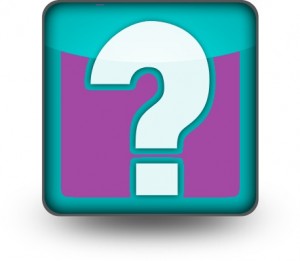Update: 1/10/18. This study has closed and is no longer recruiting participants.
The Children’s Hemiplegia and Stroke Association, CHASA, has teamed with Dr. Bernadette Gillick at the University of Minnesota to recruit participants for the Synergistic Effect of Combined tDCS/CIMT in Children with Hemiparesis study. Research study information from the program is below.
Hemiparesis, weakness on one side of the body, can occur if a child has had a stroke during development or cerebral palsy. Weakness on one side of the body can affect how a person functions during childhood and throughout their life.
Research stimulating the brain, by placing a stimulator on the outside of the head, has shown improvements in function after stroke. In this study, we are seeking to combine a form of brain stimulation with therapy in order to improve a child’s ability to use their hand. Using brain stimulation, brain cells that were inactive due to a stroke injury have the potential to become active and contribute to improving function.
Using a specific form of rehabilitation training, the stronger hand is temporarily placed in a sling during therapy sessions, helping to train the weaker hand.
Dr. Bernadette Gillick, PhD, MSPT, PT, Assistant Professor and Researcher in the Program in Physical Therapy at the University of Minnesota and her team have received three international grants to investigate the combination of these therapies and their effect on weaker hand function.
The study, in the Twin Cities, incorporates a training camp for 10 consecutive weekdays (3 hours/day) with a follow-up visit 6 months after completion of the study.
Participants must be 8-21 years old and meet the following criteria:
• Stroke which occurred before, during, or up to one year after birth
• Weakness on one side of the body (hemiparesis)
• Some ability to move weaker hand in order to participate in testing
• Ability to follow two-step directions
• No evidence of seizure activity within the last 2 years




